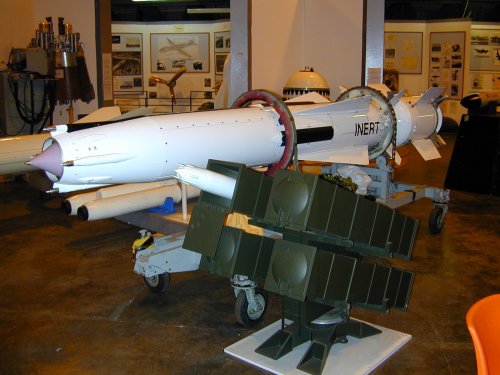- Joined
- 27 September 2006
- Messages
- 6,052
- Reaction score
- 6,153
The Bloodhound SAM was one of the most successful Cold War weapon systems. It served faithfully right up until the end of the Cold War both in the UK and overseas (until 1977 in Germany and before then in Cyprus(?) and Singapore).
The rest of NATO (even France) used Hawk for the same role. The larger and longer range Nike family was used to provide the NATO belt in Germany, Italy and Turkey.
Would the UK have been better served by another system in the 80s
The rest of NATO (even France) used Hawk for the same role. The larger and longer range Nike family was used to provide the NATO belt in Germany, Italy and Turkey.
Would the UK have been better served by another system in the 80s


